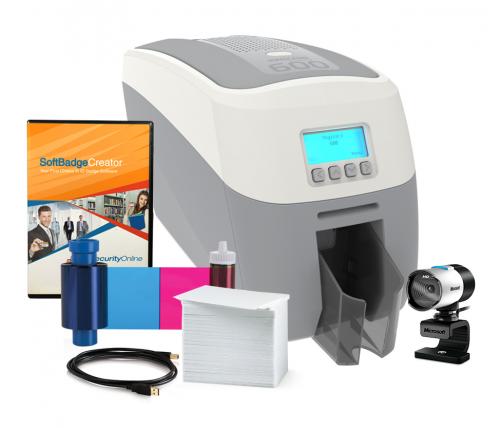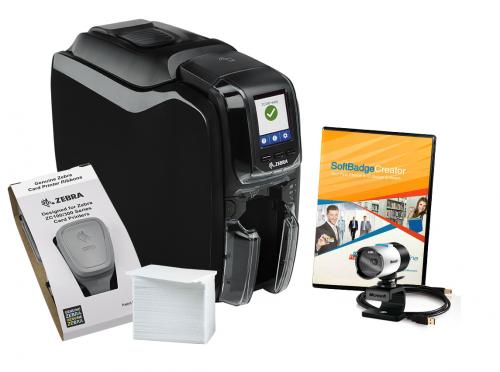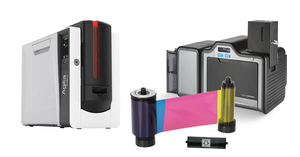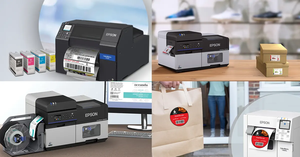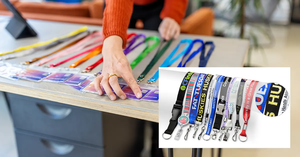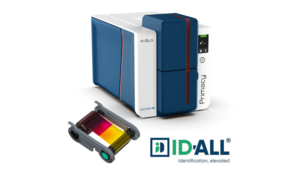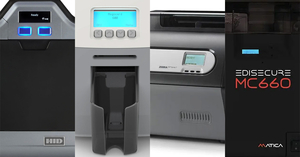What Should All ID Cards for Enterprise Include?
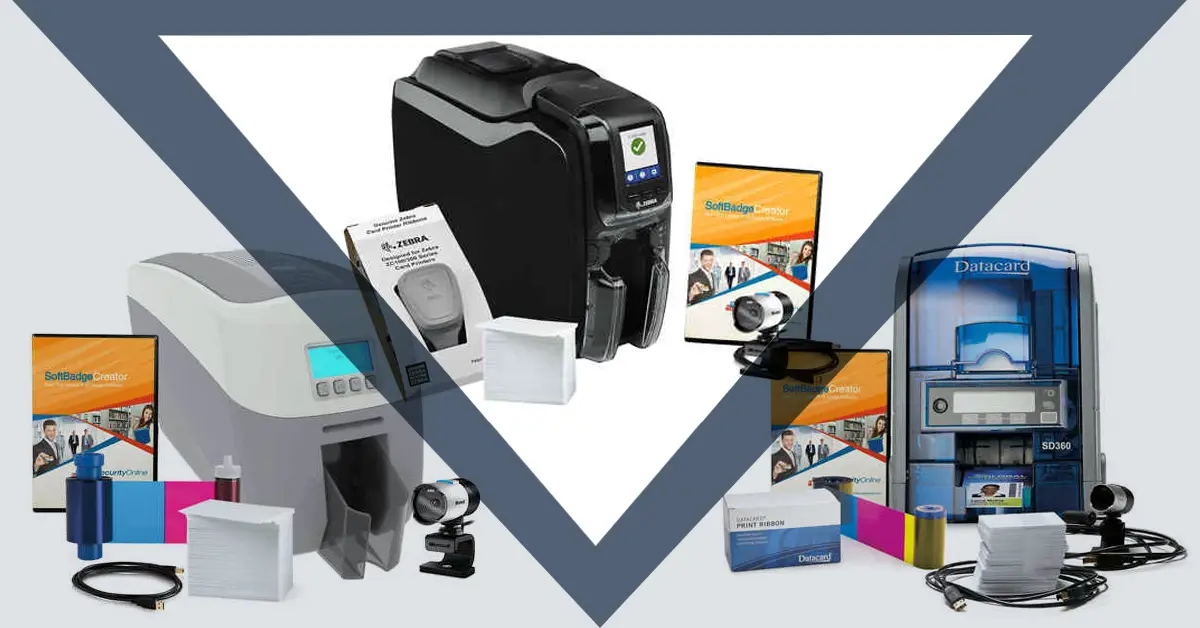
The need for ID cards for enterprise security has always been relevant. In a day and age where elaborate counterfeiting continues to be a genuine concern, there has been a growing need to produce cards and badges which are impervious to mimicry. However, there are also a number of simple standards that all business ID cards should be adhering to.
All modern secure photo ID systems, such as the Magicard 600, will produce ID cards to the common standard all enterprises expect. However, it is also important to understand the anatomy of a modern ID card, and why each element is essential. It is, after all, good practice to remember that functional ID should offer a visual security solution as well as a practical one.
Let’s take some time to consider the essential facets of every modern ID card.
A Clear Cardholder Photo
Much in the same vein as standards expected for passports and drivers’ licenses, a good business ID card should possess a clear, recent photo of the cardholder. That is perhaps the most basic of security checks that can be made. It is also crucial to remember to update an ID photo if the appearance of the cardholder changes drastically.
Issuing Details
It is essential to include some form of ‘start’ and ‘end’ date for any ID card. This, of course, will make sure it passes validity checks. Not all ID cards have been known to print such data; however, proving ID validity is another security standard we greatly recommend.
Basic Employee Information
All ID cards for enterprise should hold a modicum of data regarding the cardholder. ID card solutions in the form of design suites and printers can help to incorporate a lot of essential detail onto an otherwise small space. Some of the vital information you need to integrate may include cardholder name, employee number, date of birth and/or department. Your needs may vary; however, all ID card printers will help you achieve such results.
If employees have zonal access to certain areas of a facility, it’s also prudent to include this information. For example, if a ground-level employee only has access to basic clearance, their ID card should detail this. It is another element of visual security that saves on questions to be asked.
Custom Design and Watermarking
Watermarking your ID cards will help fight counterfeiting. It is a security standard which is still supported by all modern ID printers. Creating a custom design with ID card software will also help you to establish your brand. ID card systems such as the DatacardSD360 arrive with software to allow you to customize your own look.
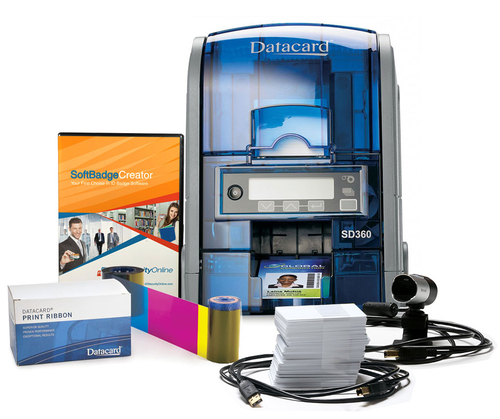
You may even wish to imprint your slogans or ethos on your ID cards. In this way, ID badges can also be used as useful marketing or advertising tool.
Enhanced Security Features for ID Cards for Enterprise
While enhanced security features may not seem essential, they are incredibly effective in helping to prevent counterfeiting. Modern ID card printers will possess a number of different security measures which can be printed directly onto a badge. These may enhance visual security checks, too. Here are a few of the more effective forms of ID security you will be able to access through a specialized ID printer.
Holograms
Holograms and watermarking can come hand in hand. Modern holograms can be imprinted onto ID cards using a plastic film, and are virtually impossible to replicate. For this reason, using holograms alone – with your company logo, message or otherwise – will work hard to protect against identity theft.
Microtext
Microtext is a relatively recent enhanced security trend which many ID printers account for. Widely used in passport printing, microtext is impossible to be read by the naked eye. Therefore, only specialist equipment can be used to check and authorize what may be written on a card. Similarly to holograms, this is a form of security which is virtually impossible to copy.
UV Overlay and Clear Ink
Many ID card printing solutions make use of clear ink. This can be used to print a design which is impossible to detect under natural light. Therefore, UV light will need to be employed to check for such designs or watermarks. Once again, it is a protective solution to counterfeiting concerns.
Embossing
Raised printing, or embossing, is a technique which helps to produce unique ID cards. ID badges with embossed designs or messages can be easily read through visual checks, and are once again very difficult to replicate.
Magnetic Stripes
Magnetic stripe cards have been a common ID card standard for some time. These stripes contain information pertaining to the cardholder and can be used to swipe to gain access to certain areas. They can also be used by security personnel to bring up specific data on request.
Dual-Sided Printing
Modern ID card printing devices, such as the Zebra ZC350, can be used to print and produce dual-sided cards. Using a dual-sided ID card printer will enable you to spread essential information across both sides of a badge. That means more security data can be emblazoned on one card unit. That, in effect, helps visual security checks and processes.
Printing data on both sides of a card also saves time and effort for all parties involved. The more data included, the fewer questions need to be asked. Coupled with enhanced security features, this means you will always produce secure, comprehensive cards which are protected against mass counterfeiting.
Unique Printing Solutions
ID cards for enterprise should always adhere to several security standards. They should also give the same uniform information and data for visual checks. However, this is not to say that they all have to be designed the same.
By using a professional ID card printer, you can create and produce ID that is unique to your business and branding. Always take into account the essentials, but never be afraid to stand out.
